In this post, learn how to make the switch to a non-toxic laundry routine to keep your family safer by eliminating laundry products that contain toxic chemicals.
How would you feel if I told you that every time you dress your child for the day you are exposing them to toxic chemicals that are considered human carcinogens?
Or that every time you lay your head down at night you’re lying on a pillowcase washed in a detergent containing chemical byproducts that can be toxic to your brain and central nervous system, kidneys, liver, and respiratory system?
Would you be a little freaked out? Astounded? Shocked?
It should be pretty old news to all of us by now that we live in a highly toxic world.
There wouldn’t be so many “natural” and “organic” products popping up on the market if companies and consumers were completely clueless.
Yet, somehow I think the reality of how toxic the products we use every day really are scares us into denial.
It overwhelms us so much we decide to ignore it, belittle it, or even refuse to dig deeper and do our own research. We just trust that if these toxic chemicals are really so bad, manufacturers would have our backs and stop using them in their products. Right?
But the truth is, we don’t want to know the truth because it’s scary!
In actuality, the people making the products we buy don’t care about our health or our children. All they care about is their bottom line and making sure we continue to buy their products.
But you know who does care about our health and our children?
We do!
It is up to us to do the research, stay educated, and make the best choices for our families!
Today, I’m showing you how to make the switch to a non-toxic laundry routine and take your family’s health into your own two hands!
How do you switch to a non-toxic laundry routine?
1. Know what toxic chemicals you need to avoid
The first step to making the switch to a non-toxic laundry routine is to familiarize yourself with common toxic ingredients. You need to know the names of the ingredients you should be avoiding or you’ll be completely lost through the whole process.
I also think it’s really important to know why you need to avoid certain ingredients. Knowing the scary facts about why these chemicals are dangerous puts enough fear into you to make switching your whole laundry routine feel urgent and important and not a burden you can just brush off.
This is such an important step if you or someone in your family thinks you are overreacting or being paranoid. Research, scientific facts, and studies have a way of lessening people’s doubts and they can help validate concerns that people might not otherwise take seriously.
Below is the list of common toxic ingredients found in laundry products:
Scents
- Synthetic fragrance – The chemicals in synthetic fragrances are derived from petrochemicals which are linked to cancer, birth defects, nervous system disorders, and allergies. Companies are allowed to list “fragrance” as an ingredient without disclosing the chemicals the fragrance is made from. The most prevalent chemical in fragrance is phthalates which, “have been shown to disrupt hormone activity, reduce sperm counts, and cause reproductive malformation, and have been linked to liver and breast cancer, diabetes, and obesity.” (source)
- Natural Fragrance – Most products with “natural” fragrances are actually just as toxic as synthetic fragrances. According to research, after studying the 25 top-selling products that contained so-called natural or organic fragrances they found that they contained just as many harmful chemicals as synthetic fragrances. (source)
- Unscented – Most “unscented” products are actually the same as their scented counterpart, only they contain extra chemicals to mask the smell. (source)
Brightening Agents
- Optical Brighteners – A chemical that binds to clothes in the wash and is used to make clothes appear cleaner by transforming, “ultraviolet light waves to enhance blue light and minimize the amount of yellow light to make things appear whiter.” While optical brighteners may make your clothes look cleaner, they don’t have any effect on how clean your clothes actually get. Further research still needs to be done on the potential negative effects of exposure to optical brighteners, but studies show that they may cause negative developmental and reproductive effects. They have also been shown to cause skin irritation and rashes, make people more sensitive to the sun, and are toxic to aquatic life. (source)
- Nonylphenol Ethoxylates (aka NP or NPEs) – Nonylphenol Ethoxylates are nonionic surfactants that are highly toxic to aquatic life. According to the EPA, “ NP has been detected in human breast milk, blood, and urine and is associated with reproductive and developmental effects in rodents.” (source) Additionally, NPs are known to adversely affect neurologic, immune, cardiac, kidney, and liver function in children.
- Bleach (aka sodium hypochlorite) – Bleach turns into a gas when it’s at room temperature, so basically it’s always emitting gasses. When it’s in gas form bleach can create dioxins which are a compound that can cause cancer, birth defects, miscarriage, infertility, diabetes, and immune disorders. (source)
Cleaning Agents
- Linear Alkyl Benzene Sulfonates (aka anionic surfactants) – LAS’s are derived from petrochemicals and release carcinogenic and reproductive toxins into the environment during the manufacturing process. They also pose a threat to the environment as they take a long time to biodegrade. (source)
- Phosphates – Phosphates are used to soften hard water. However, they cannot be removed from wastewater and end up in our lakes, rivers, and oceans. Unfortunately, Phosphates deplete the water of oxygen and accelerate algae growth essentially suffocating aquatic life. (source)
- Sodium Lauryl Sulfate (SLS), Sodium Laureth Sulfate (SLES), and Ammonium Laurel Sulfate (ALS) – Sulfate is the ingredient that makes soap sudsy. Sulfates are made from Lauryl Alcohol derived from either petroleum or coconut oil which is later combined with Sulfuric Acid. The result is a harmful toxic chemical that is a known skin and eye irritant, pollutes groundwater, is commonly used as a pesticide, emits toxic fumes when heated, and can help other chemicals enter the body. (source)
- Petroleum Distillates (aka napthas) – Petroleum Distillates are a mixture of volatile hydrocarbons obtained from petroleum and used as a solvent. They are linked to mucus membrane damage, lung damage and inflammation, asthma, and cancer. (source)
- Phenols – Phenol is an extremely dangerous chemical. The CDC says even short-term exposure can cause effects on the central nervous system, heart, and kidneys, resulting in convulsions, coma, cardiac disorders, respiratory failure, and collapse. Repeated long-term exposure can cause skin dermatitis and effects on the liver and kidneys. (source)
- 1,4-Dioxane (aka Dioxane or Diethylene Oxide) – 1,4-Dioxane is an extremely dangerous chemical byproduct of ethoxylation. Because it’s a byproduct it won’t be found on an ingredients list but is present in 2/3 of laundry products. It has it’s own hazard card on the CDC website that states it is extremely flammable, if inhaled it can cause sore throat, nausea, dizziness, headache, unconsciousness, and abdominal pain just to name a few. It can also penetrate the skin and the CDC states “it may have effects on the central nervous system, kidneys, and liver. This substance is possibly carcinogenic to humans” (source)
Fabric Softeners and Dryer Sheets
- Benzyl Acetate, Chloroform, Dichlorobenzene, and Limonene – Four known carcinogens. Benzene Acetate has been linked to pancreatic cancer, chloroform is a known neurotoxin, Dichlorobenzene is used in paint thinners, and limonene irritates eyes and skin.
- Benzyl Alcohol, Camphor, and Biodegradable Cationic Softeners – These chemicals accumulate in the body and cause symptoms ranging from confusion to serious damage to the nervous system. Biodegradable Cationic Softeners are what make clothes static-free and build up in the body over time and cause damage to the nervous system.
- Ethanol and Ethyl Acetate – These two chemicals are listed on the EPA’s “hazardous waste” list. Ethanol can cause central nervous system disorders and Ethyl Acetate is a narcotic.
- Alpha Terpineol, Pentane & Linalool – These chemicals cause central nervous system damage, reduced spontaneous motor activity, and respiratory issues. Alpha Terpineol can cause headaches, Pentane can cause loss of consciousness and is extremely harmful if inhaled, and Linalool can depress heart activity. (source)
2. How do you choose a non-toxic laundry detergent?
Now that you know what toxic chemicals to avoid and why it’s time to replace your laundry detergent with a safer alternative. You have two options when it comes to non-toxic laundry detergent.
Option 1 – Buy a truly non-toxic laundry detergent
Of course, one of the easiest ways to replace your laundry detergent is to just buy a non-toxic laundry detergent that’s made without chemicals. If you decide to buy a laundry detergent make sure to read through every ingredient on the label. If you see any of the toxic ingredients listed in this post, then move on!
One of the downsides to buying non-toxic laundry detergent is that they tend to be a bit more costly than their toxic counterparts. Still, if you have the means to spare then, of course, the price is worth it!
Here are some really great TRULY non-toxic laundry detergents:
- 9 Elements Laundry Detergent
- Molly Suds Laundry Powder
- Branch Basics Concentrate and Oxygen Boost
- Tandis Naturals
- Eco-Me Laundry Detergent
Option 2 – Make your own non-toxic laundry detergent at home
One of the easiest ways to make sure there are no toxic chemicals in your laundry detergent is to make one yourself. Making a DIY non-toxic laundry detergent is actually quite simple and a bonus is that it’s much more affordable than buying an already made non-toxic detergent. Heck, it’s even more affordable than the toxic stuff. So you’ll be saving your family from harmful chemicals and saving your family money!
Do some research on DIY non-toxic laundry detergent and you’ll find that there are hundreds of different recipes you can try. Some are for creating your own liquid detergent and some are for powder versions. The powder versions are so much easier to make and I am all about making things easy.
3. Stop using dryer sheets immediately
If you read the list of toxic chemicals at the beginning of this post, you’ll see that there are some pretty scary ingredients in fabric softeners and dryer sheets that can do some serious damage to your health.
Well, research shows that when those chemicals are heated in a dryer, combined with the chemicals already on your clothes from the wash, over 25 VOC’s (volatile organic compounds) are emitted from your dryer into the air (seven of which are classified as hazardous air pollutants).
A tip from Branch Basics says, “ If you can smell detergents, fabric softeners, and dryer sheets in the laundry room when you’re not using them, that’s a sign that they’re off-gassing chemicals and degrading your indoor air quality.”
Below are my favorite non-toxic alternatives to conventional fabric softeners and dryer sheets:
- Use wool dryer balls to replace dryer sheets – They will help with static cling and even make your clothes dry faster. Put a couple of drops of essentials oils on the balls to add some yummy and natural scent to your clothes.
- Make your own fabric softening dryer sheets using a cloth – Spray the cloth with vinegar and a couple of drops of essential oils. The first time I tried drying my laundry with no dryer sheets I used this method and my clothes smelled amazing!
- Add vinegar to your wash – Instead of just adding vinegar to the rinse cycle, add a little to your wash as well. This will help soften your clothes even further and help to prevent static cling.
Make the switch and never look back
That is how to make the switch to a non-toxic laundry routine. I really hope as you read through the post you realized it’s actually a pretty easy and simple process. It is all about knowing which toxic chemicals to avoid and switching out your toxic laundry products for safer alternatives.
Of course, change is always uncomfortable and there might be an adjustment period. But once you find the products or DIY solutions that work best for your family, I really hope you make the switch and never look back!

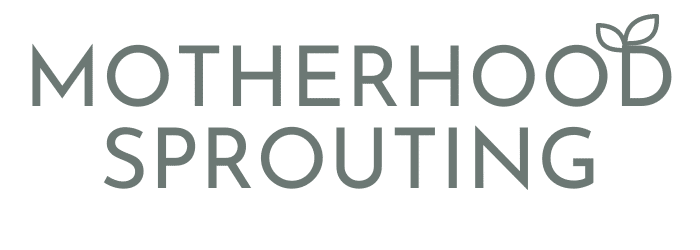
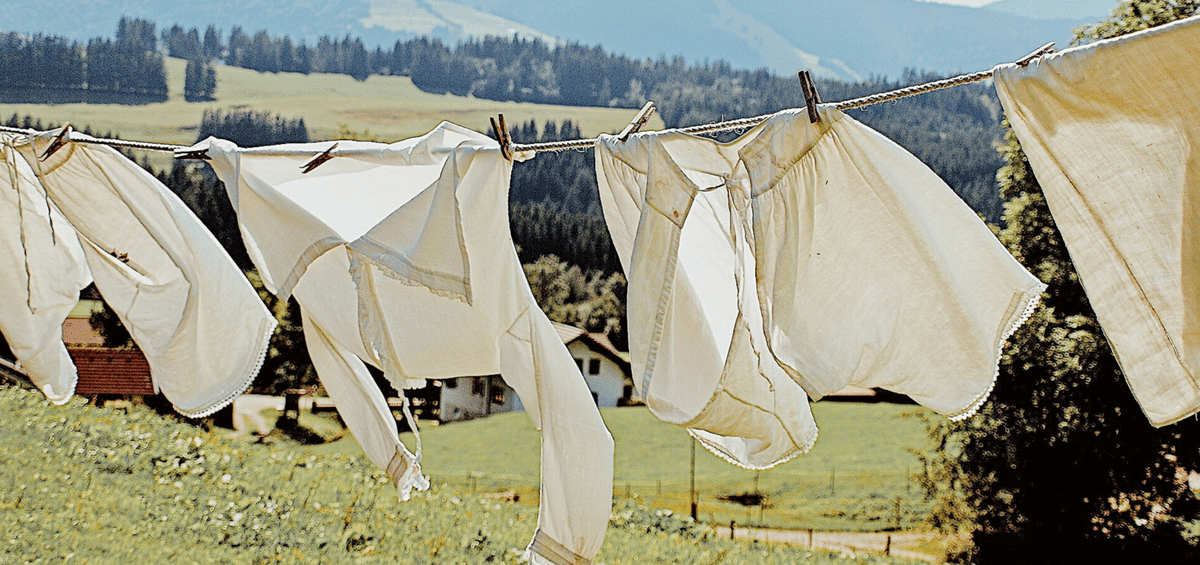
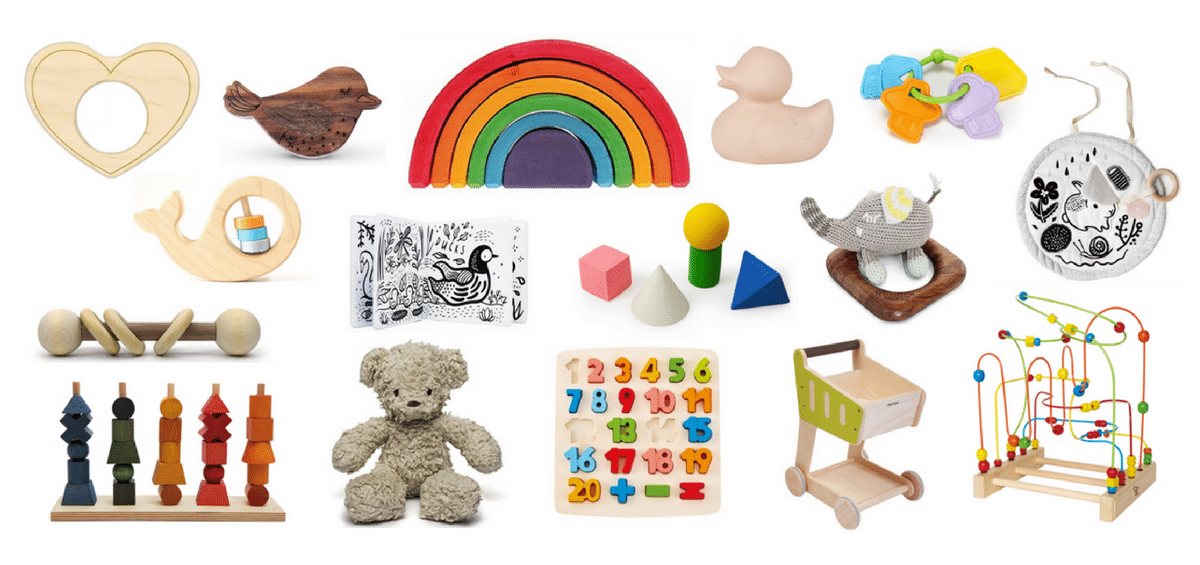
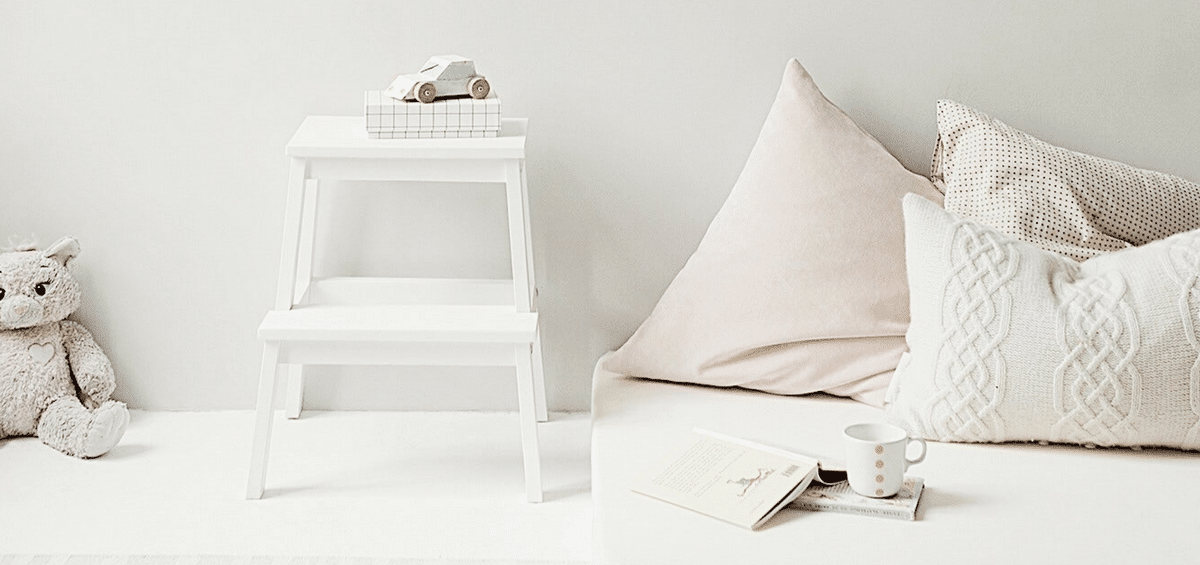

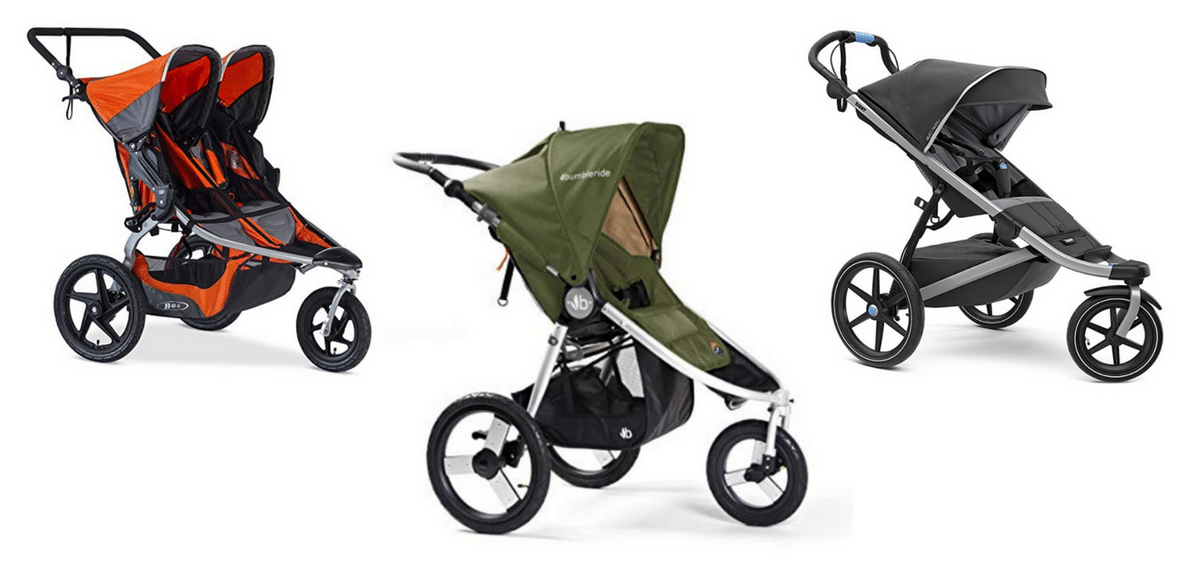
Leave a Reply